As any gardener knows, pests, weeds and other issues are bound to occur in your garden from time to time. But when they do, there is no reason to resort to synthetic pesticides or other chemicals.
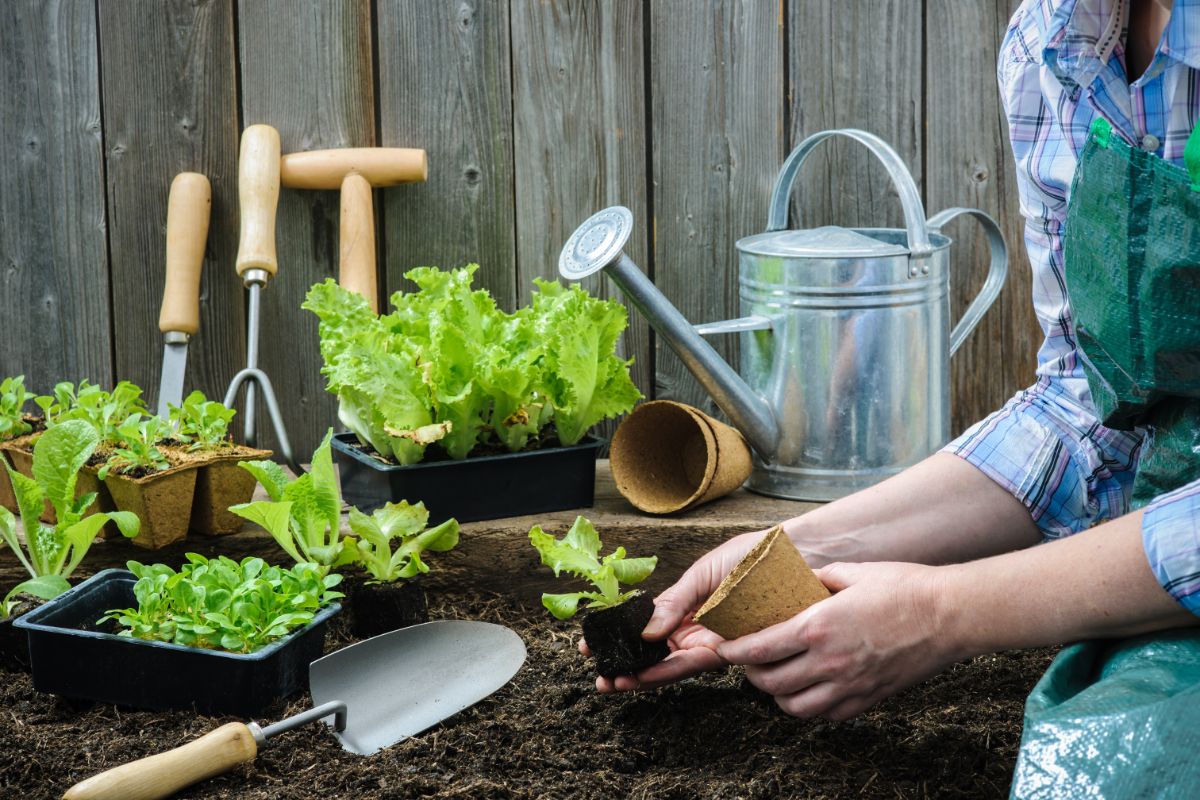
Instead, there are many wonderful organic products and tools on the market today that simplify the gardening process and are perfect for helping to prevent common issues, diseases and pests.
Jump to:
- Top 12 garden supplies for the organic gardener
- 1. Compost
- 2. Mulch
- 3. Organic fertilizer
- 4. Floating row covers
- 5. BT thuricide
- 6. Diatomaceous earth
- 7. Garden sprayer
- 8. Castile or Dawn dish soap
- 9. Stirrup hoe
- 10. Neem oil
- 11. Hori hori
- 12. Wildflower seeds
- Other organic gardening essentials
- The benefits of organic gardening
- Conclusion
Top 12 garden supplies for the organic gardener

Beyond a basic shovel and hand trowel, there are certain tools and products that every gardener needs. These items will simplify your gardening process and take much of the struggle out of plant care.
Below we’ve select our 12 favorite organic gardening products. These are products that are some of the best tools for organic pest prevention, weed control and supportive care for vegetables and flowering plants. With these products at hand, you’ll be gardening like a pro in no time.
1. Compost
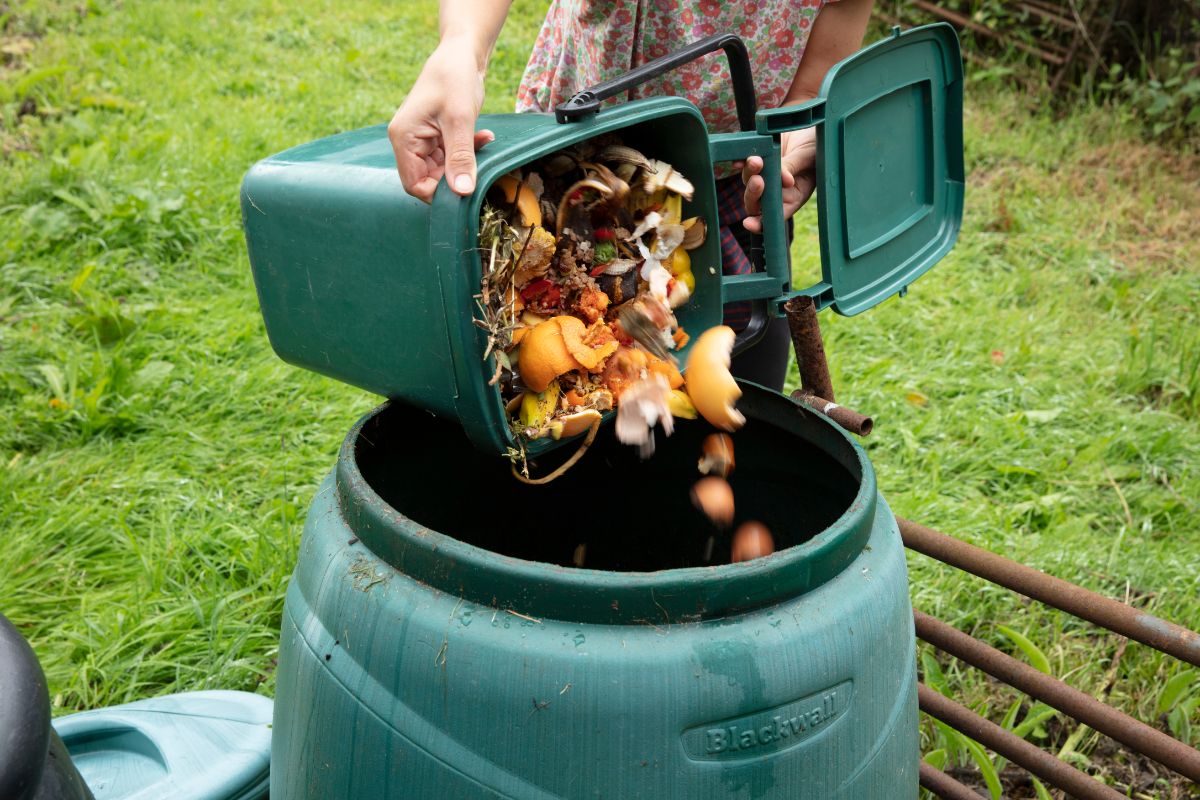
Nothing enriches garden soil quite like compost. Organic, aged compost is chocked full of the nutrients and minerals that plants need to grow and can even help boost plants’ natural immunity. Beyond that, compost improves soil structure, increasing soil’s ability to retain water while simultaneously bolstering soil’s drainage capacity too.
Because compost is so rich, it eliminates the need to resort to synthetic fertilizers and, when used over time, can dramatically enhance your garden. Compost can be added to soil when building your beds or used as a soil amendment and top dressing throughout the growing season. Just be prepared to see lots of luscious plant growth and big yields of produce at the end of the season when you start using this powerhouse product.
Although compost can be purchased at most garden supply centers and plant nurseries, it’s super simple to create at home too using your old kitchen scraps and yard waste. Not only will it benefit your plants but, by purposing household waste, you’ll be reducing your carbon footprint and greening your home in the process.
If you’re interested in creating your own compost at home, there are lots of easy methods to do it, including Bokashi composting, vermicomposting (or composting with worms) or hot and cold composting with outdoor bins.
2. Mulch
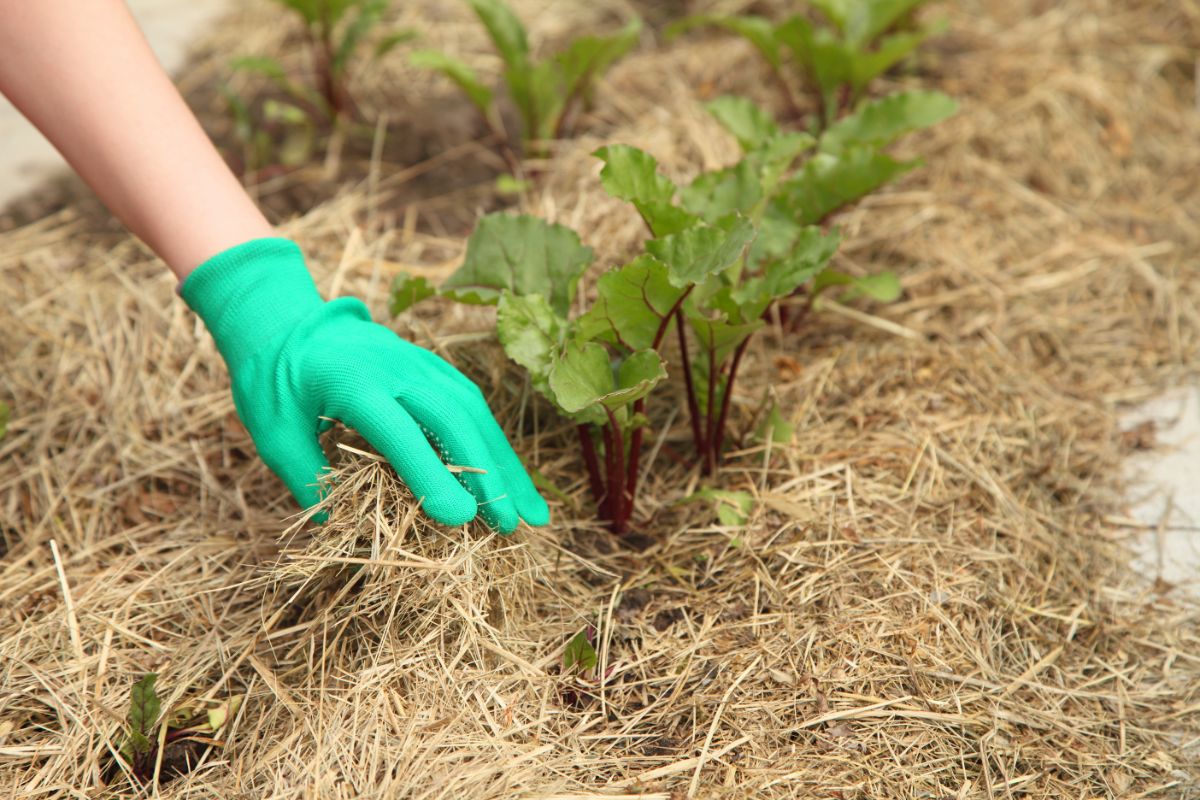
If you’re tired of weeding, mulch is the solution. Keeping your garden beds covered with a thick, 2 to 3” layer of mulch is one of best ways to control weeds without needing any chemical herbicides.
Mulch keeps soil covered so that weed seeds can’t take hold, but that’s not all. Mulch also helps to insulate delicate plant roots from the extreme temperatures of summer and winter. Additionally, it locks moisture in too, which means you’ll need to water your garden less and your plants won’t be as affected by dry spells.
When choosing mulch for your organic garden, opt for all-natural, weed-free mulches, such as weed-free straw, salt marsh hay, undyed wood chips and chopped autumn leaves. And, while you purchase mulches at home improvement centers, for larger garden spaces that need lots of mulch, consider making your own this autumn with a handy leaf mulcher.
3. Organic fertilizer
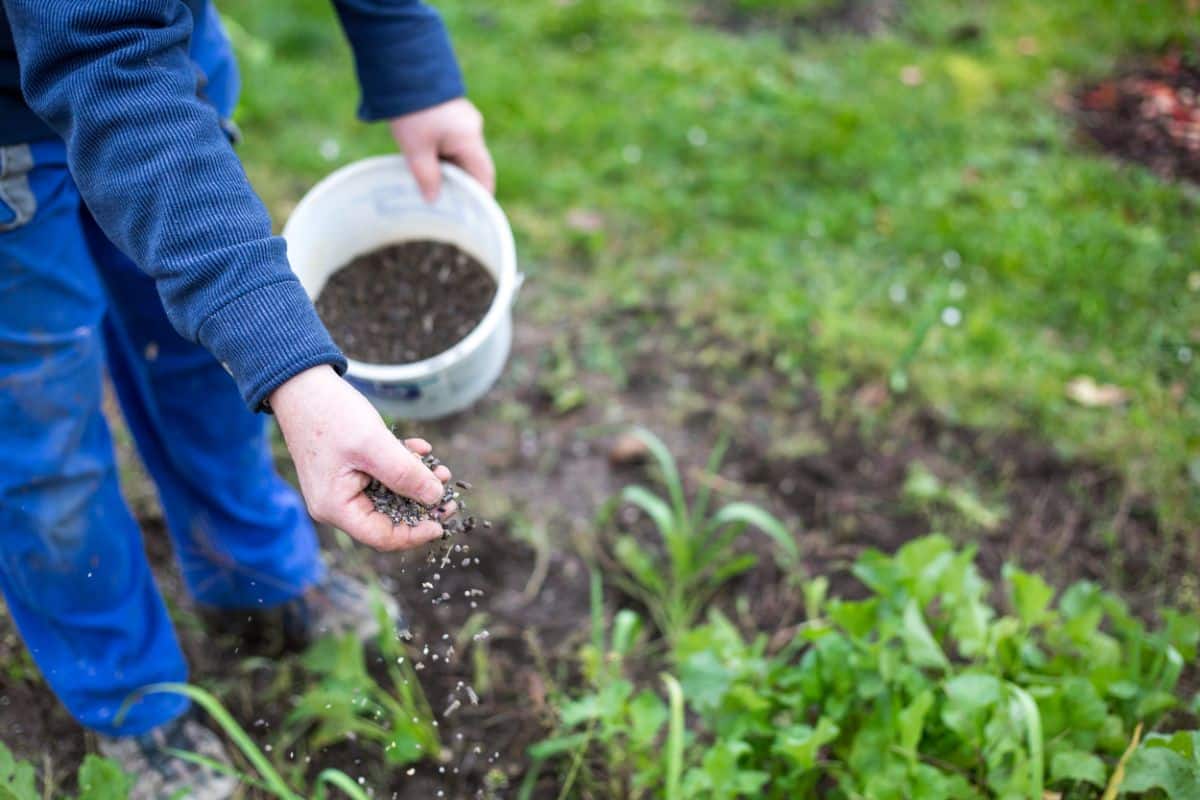
While compost is one of the best products to use in your garden, it’s only as good as the material you put into it. That means that, at times, compost isn’t completely balanced with all of the vitamins and nutrients plants need to grow successfully.
For this reason, it’s usually a good idea to combine compost with an application of a natural fertilizer. And, happily for organic gardeners, there are a lot of organic options on the market so there is no need to buy synthetic fertilizers.
Plants need a balance of many nutrients to grow, but nitrogen, phosphorous and potassium (NPK) are particularly important for plant health. That’s why most fertilizers have the ratio of these ingredients written clearly on their packaging in a series of three numbers, such as 5-5-5 or 2-3-4. Nitrogen is essential for leafy growth, while phosphorous and potassium help plants produce fruit and flowers.
Most plants do well with a balanced fertilizer, or one that has relatively equal parks of NPK. To find a good, balanced fertilizer, look for products with similar NPK numbers, such as 5-5-5 or 10-10-10.
If, however, you’re growing leafy greens or most herbs, you may decide to opt for a fertilizer with a higher nitrogen content. On the other hand, for fruiting plants, like melons and tomatoes, low nitrogen fertilizers will help your plant produce fruit, rather than lots of vegetation.
In organic gardens, fish emulsion and kelp fertilizers are usually quite popular. Organic alfalfa meal is another great option that is generally quite inexpensive and is super rich in nitrogen.
For beginning gardeners who are just setting up a new garden bed or container planting, it’s often a good idea to have your soil tested prior to planting to check that your soil has the nutrients it needs to support plant growth. While your local cooperative extension can help with soil testing, you can also test your soil at home with a simple DIY kit.
4. Floating row covers
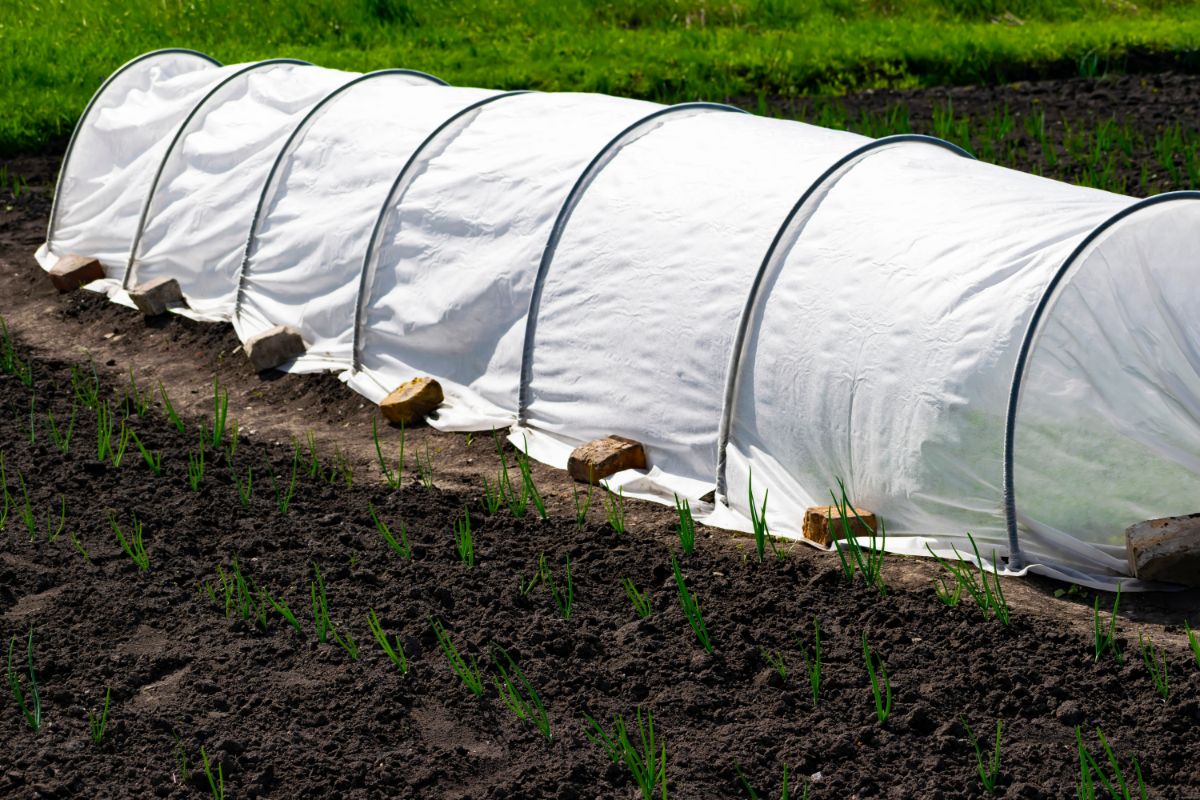
Floating row covers are thin fabrics that work wonderfully for natural pest control and for season extension. These fabrics are thin enough to allow sunlight and water to penetrate, but dense enough to keep out most insects and help shield tender seedlings from some light frost.
Row covers can be secured directly over plants using landscape staples or they can be lashed to hoops, stakes or other supports. One fun and inexpensive way to use floating row covers is to affix them to hula hoops that have been cut in half and secured to the ground with rebar.
Floating row covers are particularly effective against most types of beetles, including cucumber beetles, as well as caterpillars, like tomato hornworms and cabbage loopers.
For plants, like cabbage and broccoli, that don’t need pollination, floating row covers can be left up all season long. However, for squash and other plants that need to be pollinated, be sure to remove row covers during the day to encourage pollinators or hand pollinate your plants with an old makeup brush or Q-tip.
While floating row covers are readily available online and at many garden supply centers, you can also make your own with inexpensive tulle, cheesecloth or another lightweight, sheer fabric.
5. BT thuricide
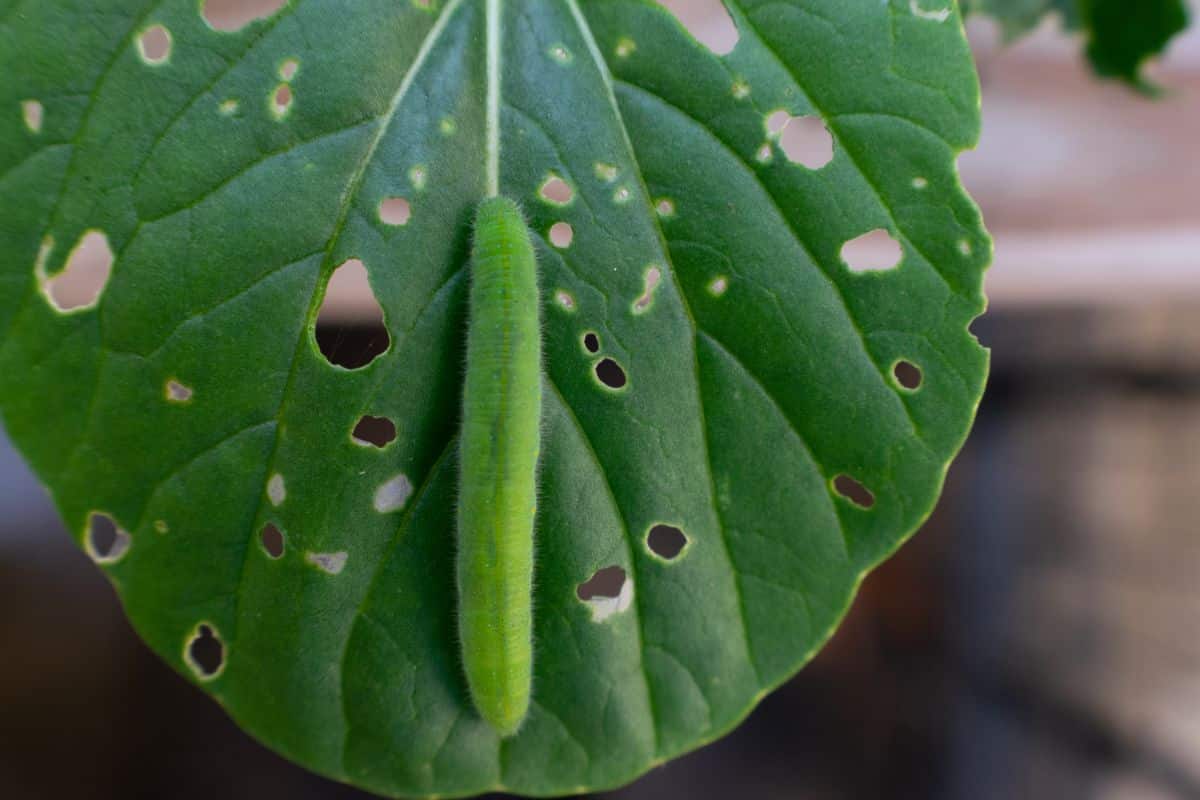
If you’re growing any member of the brassica family (such as broccoli, kale, cauliflower, Brussel sprouts, cabbage, collard greens, etc.) you need to have a bottle of BT thuricide on hand.
Brassica plants are very susceptible to many pests, but particularly cabbage loopers and other destructive caterpillars. In a short period of time, untreated plants can be decimated by these pesky insects and leaves can be reduced to unappealing, lacy shreds.
BT thuricide is an all-natural, pest-specific pesticide that targets these caterpillars and helps to protect your vegetable crop. Made from a naturally occurring, soil dwelling bacteria (Bacillus thuringiensis), BT is human and pet safe, is approved for organic gardens and won’t harm bees.
To keep your crops protected throughout the growing season, BT thuricide should be applied every 7 to 10 days, from the time your plants are sown to the day they are harvested. For extra protection, try combining BT thuricide with floating row covers for blemish-less cabbage and kale leaves.
6. Diatomaceous earth
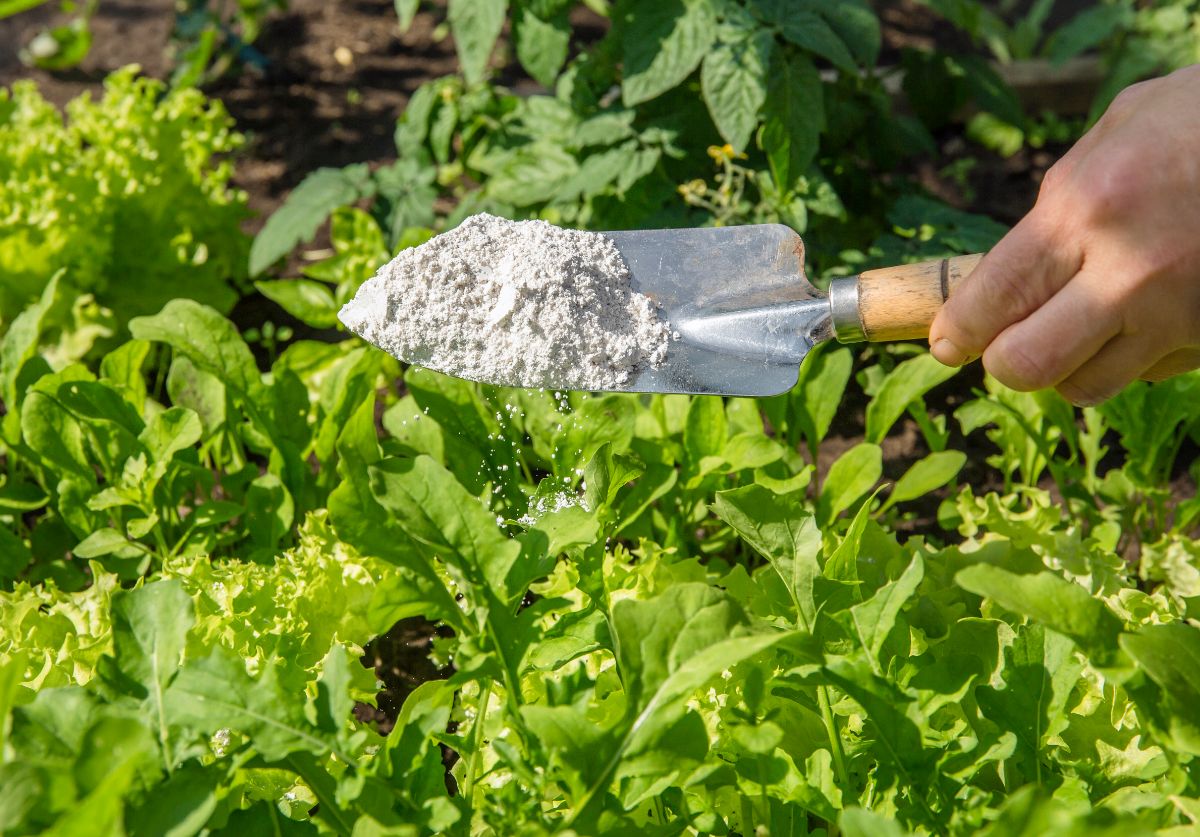
Another fabulous natural pest control product is food grade diatomaceous earth. Coming as a fine white powder, diatomaceous earth is made from the fossilized remains of tiny marine organisms, known as diatoms.
These tiny fossils are incredibly sharp and can shred insect exoskeletons, causing desiccation and death to any pests unfortunate enough to crawl across a layer of powder. Diatomaceous earth works well against many common garden pests, including slugs, beetles, mites and ticks.
Although approved for organic gardens, diatomaceous earth is a generalized pesticide, meaning that it can kill almost any insect that comes across it, including bees and other pollinators. Because of this, it’s important that you apply diatomaceous earth correctly and never use it on flowers or in areas where pollinators are prevalent.
Diatomaceous earth is most effective when dry, so be sure to reapply it after rain or after periods of high humidity. Additionally, because it can cause respiratory irritation, be sure to wear a mask when using it to keep your lungs safe.
7. Garden sprayer
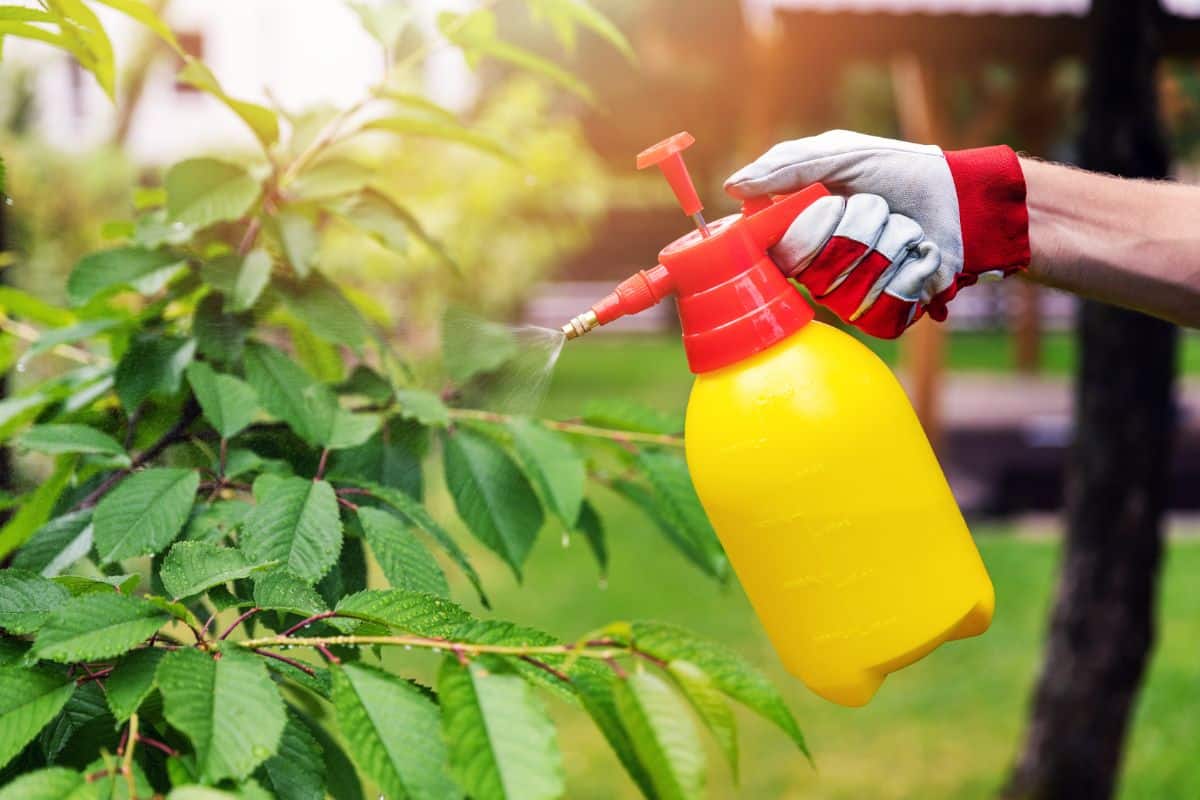
Most organic gardeners make their own natural pest control products and fertilizers from time to time. And why not? It’s usually quite easy to do and is the surest way to know exactly what products and ingredients you're adding to your garden soil and future produce.
So if you’re into making your own organic pesticides, or you need to apply BT thuricide or compost tea, you’ll want an easy way to spray your plants down. That’s where basic garden sprayers come in.
Garden sprayers make it super simple to apply organic pesticides, herbicides and compost tea right where they’re needed, avoiding over spray or messy applications. For even easier spraying, look for backpack varieties, which help take the strain off your back when doing bigger jobs. Simply add your insecticidal soap or other organic product of choice to your sprayer and get spraying.
Garden sprayers work well with:
- Homemade insecticidal soaps
- BT thuricide
- Milk sprays (natural fungus control)
- Compost tea
- Garlic barrier (natural pest control)
- Cayenne powder sprays (natural pest control)
- And so much more
An alternative to garden sprayers are hose sprayer attachments which screw right onto your garden hose for super easy product application.
8. Castile or Dawn dish soap
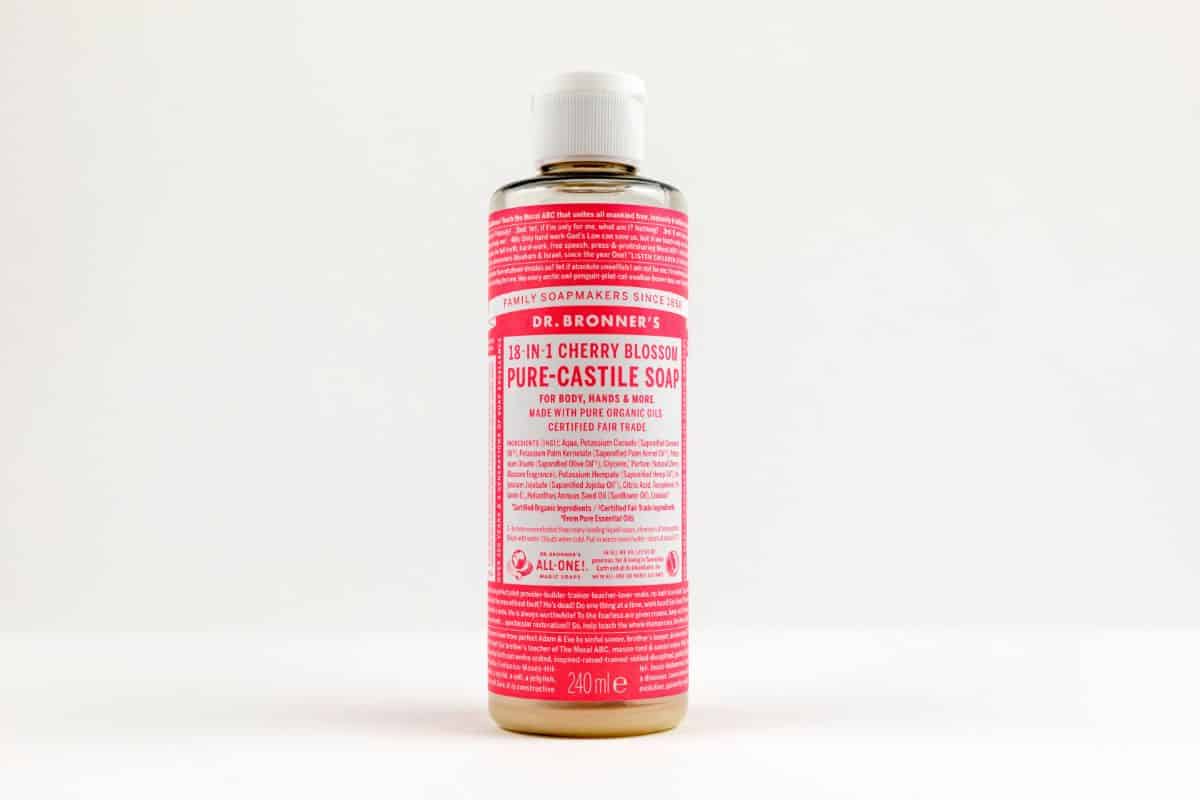
While you can buy organic insecticidal soaps that work quite well, if you’re on a budget or are simply into DIY, you can easily make your own soaps too.
Most DIY insecticidal soap sprays use either Castile or Dawn dish soap, as they are relatively gentle on plants, but super useful against pests. Insects that soap sprays work well against include:
- Aphids
- Spider mites
- Leafhoppers
- Mealybugs and scale
- Thrips
- Whiteflies
To make a very simple homemade insecticidal soap spray, simply mix a few drops of Dawn or Castile dish soap into a gallon of water. You can add a couple tablespoons of neem oil to your spray too to maximize its effectiveness.
While this spray is quite safe for plants and humans too, be sure to apply it only after the sun sets to prevent leaf burn. Additionally, as insecticidal soap sprays are generalized pesticides, avoid spraying pollinators or other beneficial insects and don’t spray plants in flower for bee safety.
9. Stirrup hoe
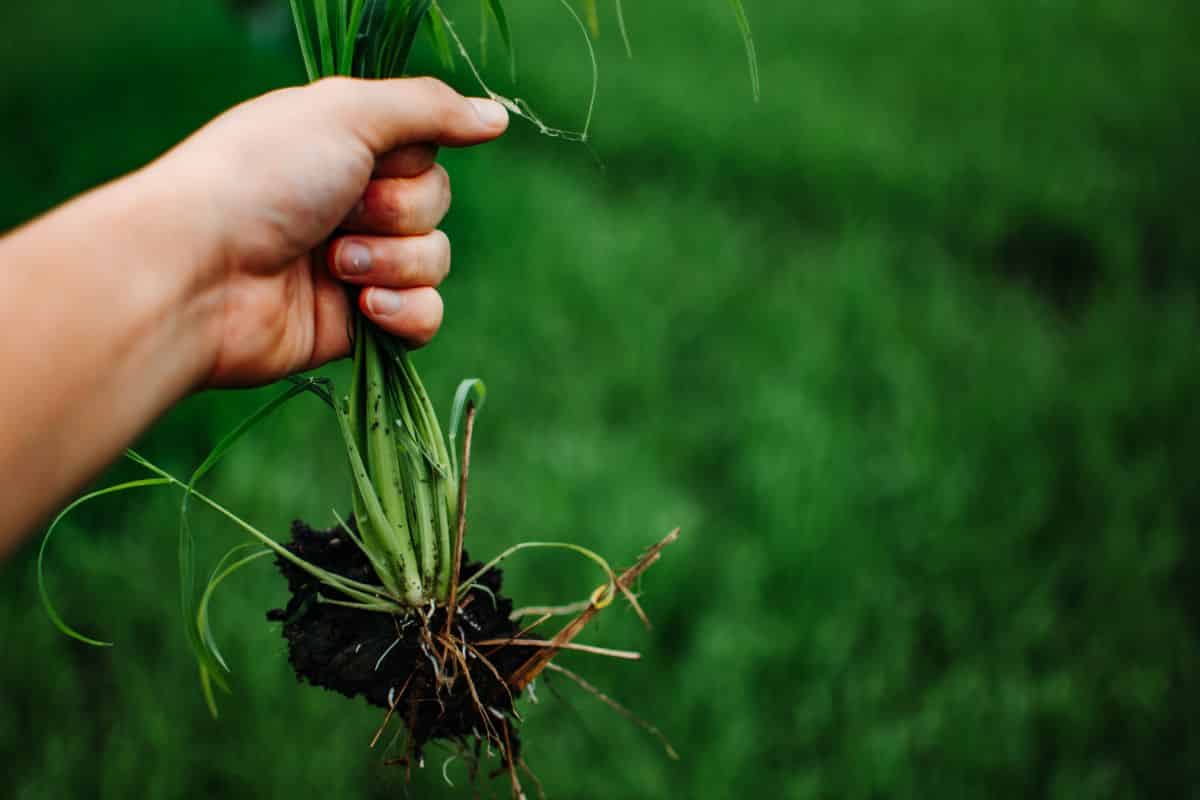
A well-timed hoeing of your garden is a very efficient way to eradicate weeds and prevent them from regrowing. While there are many excellent hoe varieties that have different strengths, including collinear hoes and Dutch hoes, a stirrup hoe (also known as a loop or scuffle hoe) is a great, all-purpose hoe type that excels at weed control.
Stirrup hoes work on both a push and pull action, doubling the amount of ground you can cover in a small amount of time. Heads also frequently pivot, giving you greater control over your gardening space. What’s more, stirrup hoes can easily help aerate soil for improved water penetration and drainage.
The best time to hoe your garden is when the soil is dry and the weather is hot. Weeds should still be quite short and young, with tender stems and just a few leaves, as they’ll be easier to nip off at this time. Hoeing your gardening at the proper time cuts off weeds when they are still young, before they have the time to establish strong roots or difficult to cut stems.
For a weedless garden, stirrup hoes, hori horis and a good layer of mulch are all essential tools. Between these three products, you can easily eliminate all need for chemical herbicides and you won’t miss them one bit!
10. Neem oil
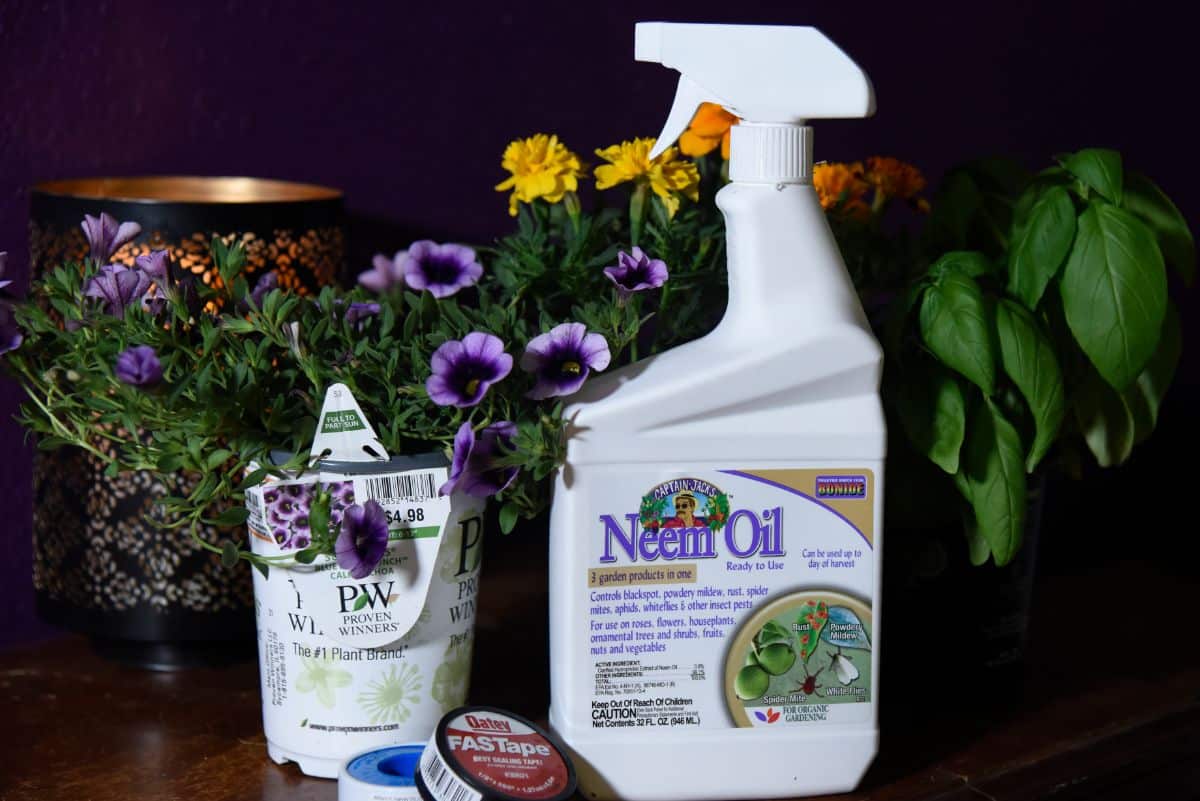
Another must-have for the organic gardening arsenal is neem oil. A natural insecticide that is approved for organic use, neem oil is produced from the seeds of the neem oil tree. Safe for use around humans and pets, neem oil works well against common destructive insects, such as:
- Aphids
- Beetles
- Leafhoppers
- Spider mites
- Mealybugs and scale
- Thrips
- Fungus gnats
Neem oil kills insects by covering their bodies and clogging up their breathing holes, resulting in suffocation. As a general pesticide, keep in mind that neem oil can harm many insects, including bees. That means you’ll need to be careful when applying and don’t spray any plants in flower to keep pollinators safe.
Beyond pest prevention, neem oil can also work well as a natural fungicide and is particularly good for controlling powdery mildew, downy mildew, rust and black spot disease.
While generally plant safe, when applying neem oil, be sure to only spray plants after the sun sets. This is because neem oil can cause leaf scorching when used in direct sunlight.
Neem’s ability to burn plants in sunlight can actually be used to your benefit though. For organic control of weeds you’d rather not touch, like poison ivy, try spraying plants down with a neem oil spray during the heat of the day on a sunny afternoon. By evening, most weeds will be scorched to a crisp; however, weed roots may still be viable so try spraying them again in a week or two to keep weeds in check.
While neem oil works well on its own, you can increase its effectiveness by adding a few drops of Dawn or Castile dish soap to your homemade neem oil spray recipes. Dish soap helps sprays adhere better to plant leaves, thus boosting their utility.
If you’d prefer to purchase a premade spray rather than make your own, there are several excellent neem oil sprays that work great in organic gardens.
11. Hori hori
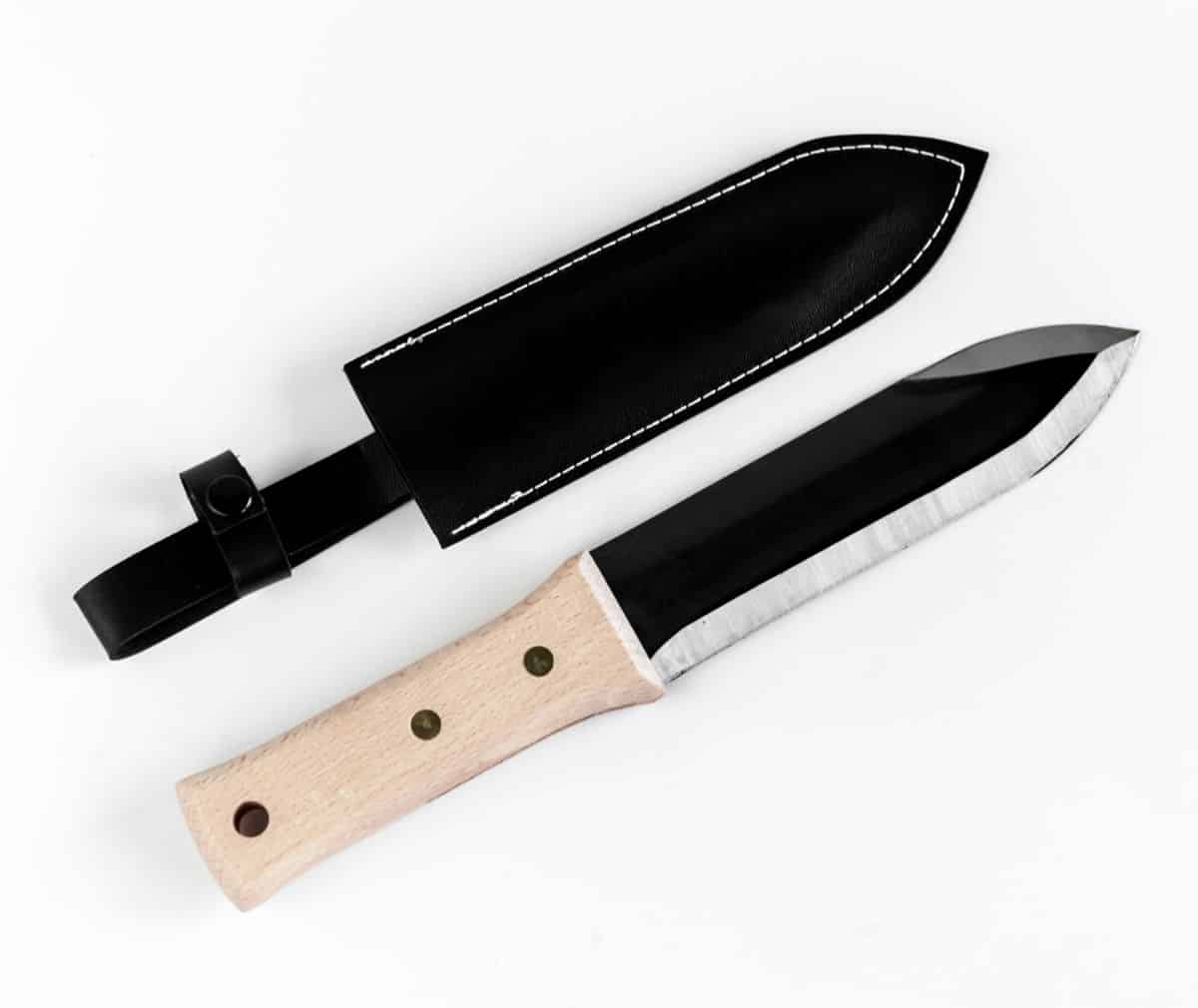
Hori hori is a Japanese gardening knife that is one of the best products you can buy to make weeding a breeze. One side of hori hori’s thin blade is sharp, while the other side is serrated (in most models). This dual purpose blade makes it super simple to snip off or saw away at underground root balls and tap roots, allowing for easy weeding with minimal soil disturbance.
Many hori hori blades are emblazoned with depth measurements, making this an ideal tool for planting bulbs too. Just dig your bulb hole with your hori hori blade, check that the measurement is correct with the handy, built-in measurements and you’re good to go!
Beyond weeding, hori horis can be used to saw away at plant stems, harvest tender fruit without breaking plant vines and so many more common garden tasks.
Look for a hori hori kit that comes with a sheath for easy storage and a sharpening tool to make sure your hori hori is always in tiptop shape.
Hori horis can be used in place of garden shears, hand trowels, bulb planters and weeding forks, making this multi-purpose tool a great gift for any gardening afficionado.
12. Wildflower seeds
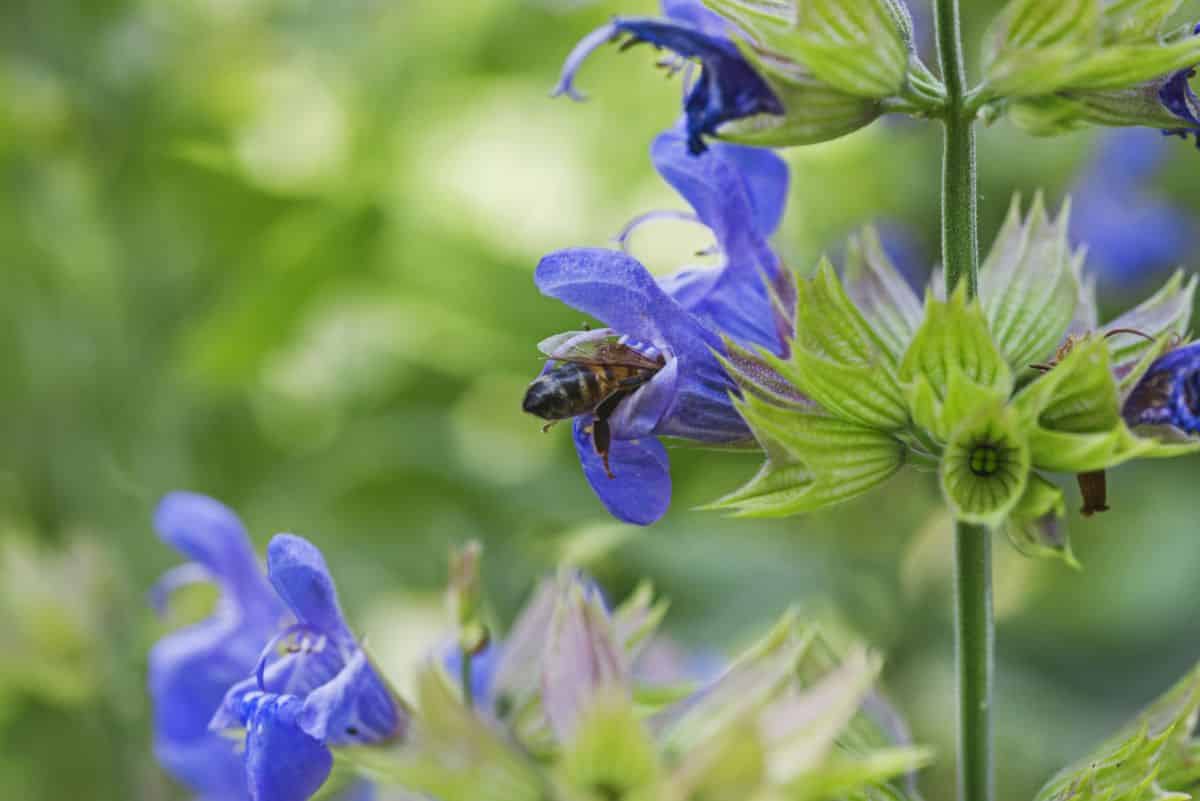
Low fruit yield on plants like cucumbers and melons often comes down to one issue: lack of pollination. Although some plants are self-pollinating, many are not and so they rely on the activity of pollinators for reproduction.
Unfortunately, due to factors like increased pesticide use and urban sprawl, pollinator populations are on the decline and many gardeners see the result of this in their gardens. Low fruit yield, vegetables that don’t fruit at all and partial pollination are all good signs that your garden could benefit from increased pollinator activity.
But how do you encourage bees and other pollinators to set up shop in your garden? Adding a water feature or bee hotels are both great ideas, but the absolute best way to increase pollination in your garden is to sow the plants pollinators love.
Native wildflowers are the best plants for the job as they evolved alongside native pollinators. This means that they are more readily recognizable to local bees, and pollinators can more easily access and utilize their rich nectar and pollen.
Planting a bed of native wildflowers near your vegetable garden is certain to lure in pollinators and increase pollination of your fruiting plants. For even more pollinator activity, try interplanting easy-going flowers, like calendula, bachelor buttons or snapdragons, among your vegetables. Other great plants to try are:
- Comfrey
- Yarrow
- Tansy
- Coneflower (echinacea)
- John’s wort
But if you don’t feel like adding wildflowers to your garden, there are other options too. Many common culinary herbs are great for pollinators as well. Just allow herbs to go to flower and bees and pollinators will quickly find them. Some of the best flowering herbs to plant to attract pollinators include:
- Dill
- Sage
- Chives
- Mint
- Catnip
- Peppermint
- Thyme
- Oregano
- Wild bergamot
- Lavender
- Lemon balm
- Fennel
Other organic gardening essentials
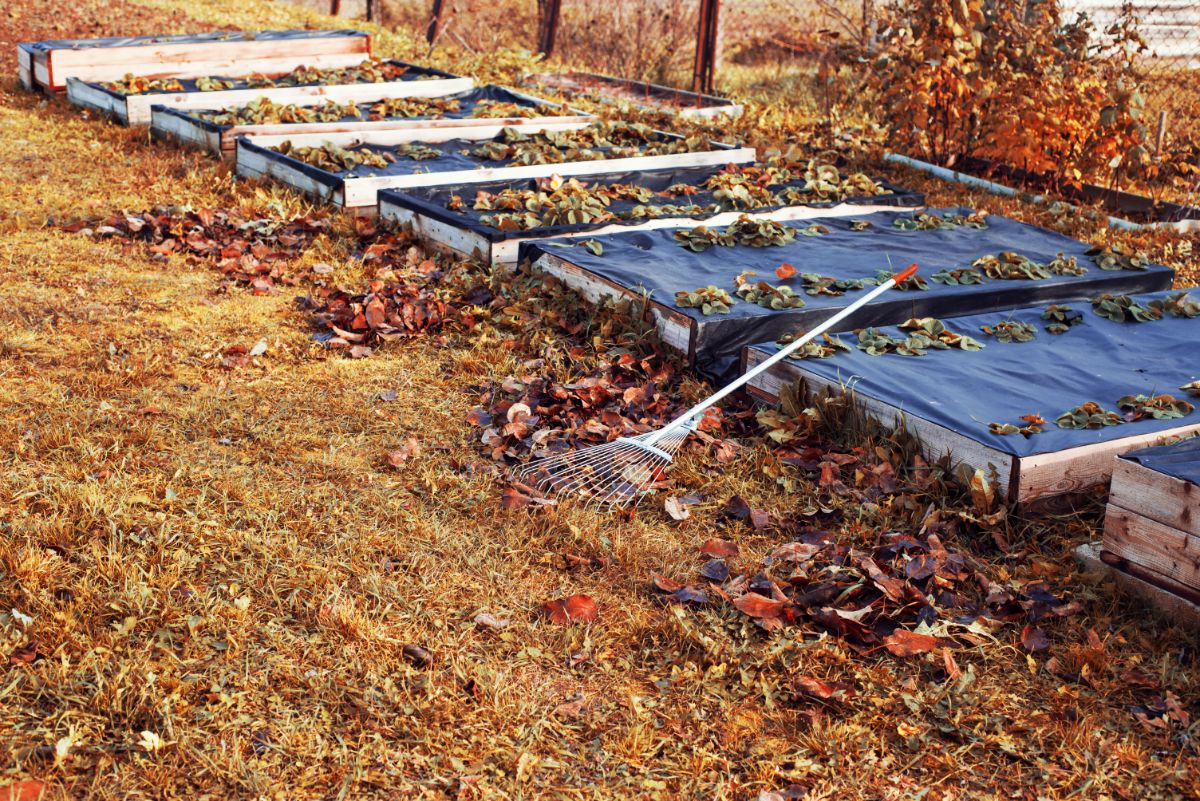
Beyond using the right tools and products for the job, organic gardening requires consistency, care and thought. No garden can simply be planted in spring and left to grow on its own. Instead, throughout the seasons, there are certain steps and practices you can take to guarantee that you grow the healthiest organic garden possible.
- Try weedless gardening. Weedless gardening is a series of techniques that, when employed consistently, help you to grow a weed-free garden without needing to resort to any chemical herbicides.A hori hori and a good stirrup hoe are two important elements of weedless gardening, but other products help too. To reduce weeds this year, try keeping your beds covered with a natural mulch at all times, try no-till gardening methods and consider installing a dripline irrigation system. Once you have weedless gardening products in place, they’ll drastically reduce the amount of weeding you need to do and entirely eliminate the need for herbicides.
- Always perform an annual garden cleanup. Pulling out and properly disposing of old, dead plant material at season’s end is one of the best ways to prevent common garden pests. Many insects, like squash vine borers, overwinter in old vegetation, emerging in spring to devastate your new garden.
Stop pest problems before they start by burning, throwing away or hot composting any old or diseased plant matter. This is a great way to keep pest problems from recurring year after year.
- Remember to rotate crops. As with garden cleanup, crop rotation definitely helps prevent pests from overwintering and reinfecting your garden in spring. A good rule of thumb is to never plant the same type of plants in the same area you did the year before. Instead, switch things up -- planting tomatoes in a new bed, moving your lettuce patch around and trying your potato plot in a totally new place.
When pests emerge in the spring, they’ll find that their favorite garden vegetable of choice is no longer readily available and they’ll need to travel to find it. As many pests are not adept at traveling far, crop rotation can be surprisingly effective at nipping pest problems in the bud.
- Follow proper plant spacing. While it’s tempting to overfill your garden beds to maximize harvest yield, don’t do it. Overplanting beds is a recipe for inadequate airflow, disease spread and unhealthy plants.
Plants that are spaced too closely together often experience issues with powdery and downy mildew caused by a lack of air circulation. Due to proximity, pests and diseases are able to spread more quickly as well. Additionally, as plants compete for valuable nutrients, plants frequently grow stunted, yield less fruit and suffer from other issues.
When designing your beds and planting, always follow the instructions on nursery labels and seed packages, paying special attention to planting depth and spacing. This information is provided to help you grow the healthiest plants possible, so be sure to take advantage of every tip and trick you can.
The benefits of organic gardening
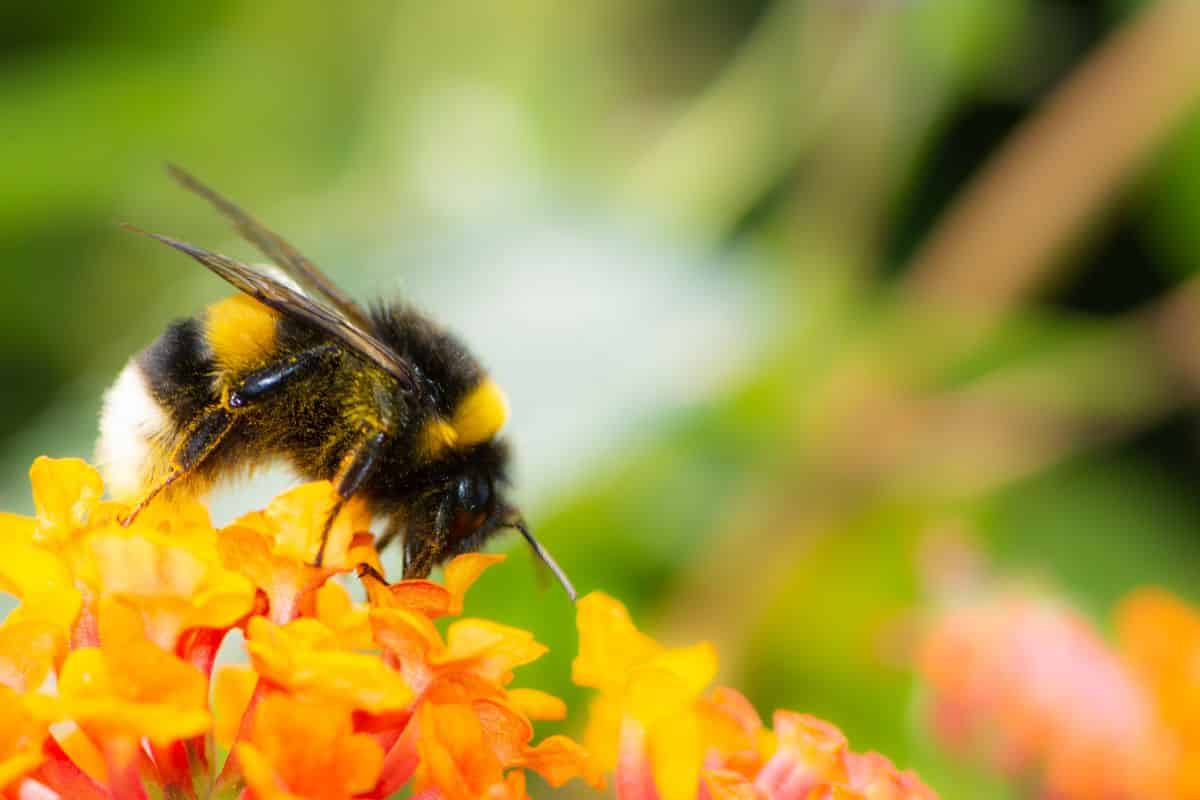
At a time when pollinator populations are declining, organic gardening practices have never been more important.
Due to the use of chemical pesticides, herbicides and fertilizes, bees and other pollinators have been suffering. Additionally, habitat loss due to urban sprawl and the intensification of commercialized agriculture means that pollinators have less access to food and fewer areas to find refuge.
Creating a pesticide-free backyard habitat is one of the best ways you can personally help fight back against pollinator decline, helping to ensure that these amazing creatures are still around in the future. After all, we depend on them at least as much as they depend on us. It’s estimated that globally, 75% of all flowering plants and 35% of all vegetables depend on pollinator activity for reproduction.
But beyond helping pollinators, going organic has very real and immediate benefits for you and your family. Chemical pesticides and herbicides have been linked to common health issues, ranging from infertility to some cancers. Growing organic crops means that your food has never come in contact with these harmful chemicals and you can rest easy in the knowledge that your food is 100% safe.
Even better, homegrown produce is rich in nutrients and vitamins that boost health. This is because many vegetables rapidly lose vitamins and minerals after harvesting, so the best way to know that your food is as healthy as possible is to use it straight from your garden.
Going organic may take some getting used to, but it’s so worth it. By learning to work with nature, instead of against it, you can gain appreciation for the cycles of the seasons and the natural capacity of the earth to heal itself.
Learning how to properly time weeding schedules, when to apply fertilizers and how to identify and treat common pests takes practice, but it’s easier than most people think. And the rewards are great and come in the form of a gorgeous garden thrumming with the buzz of pollinators and lots of luscious vegetables, fruit and flowers too.
Conclusion
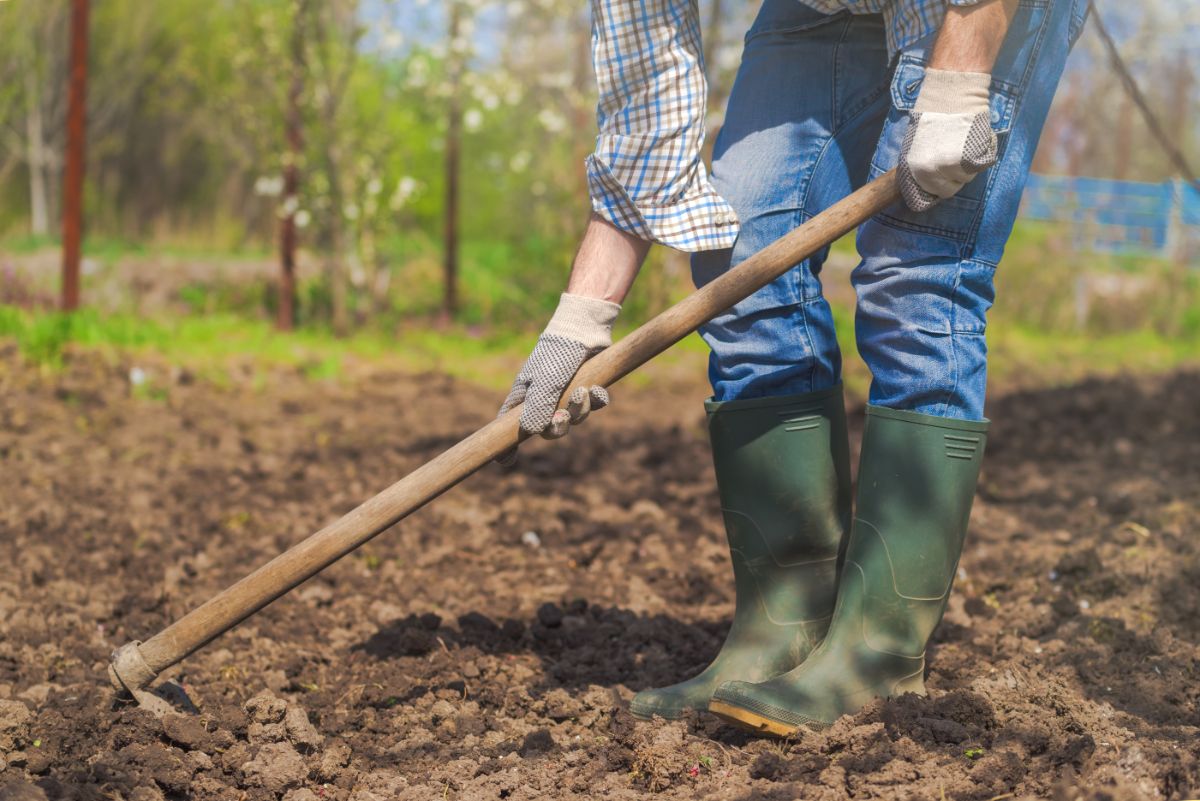
A gorgeous garden doesn’t need to be a hassle to grow, nor does it require the use of chemical fertilizers or pesticides. Today, there are so many excellent products available to the organic gardener that make creating and maintaining the garden of your dreams easier than ever.
From organic soil amendments to natural pest control options, there is almost every product imaginable available for purchase. The real question is which products will work best for you and your space.
The tools and other items we’ve covered today is by no means an exhaustive list of products but, from our experience, they are our absolute favorites. Together they can form the backbone of your organic gardening arsenal, providing you with everything you need to control weeds and pests, and produce an abundance of fresh produce at season’s end.
While not every product may be for you, we believe that if you give them a chance in your garden, you will quickly see the benefits. So try out some floating row covers or pick up your own hori hori gardening knife. With the help of this article, we hope to inspire you to try out some new products and gain confidence in the knowledge that you too can create an amazing organic garden.

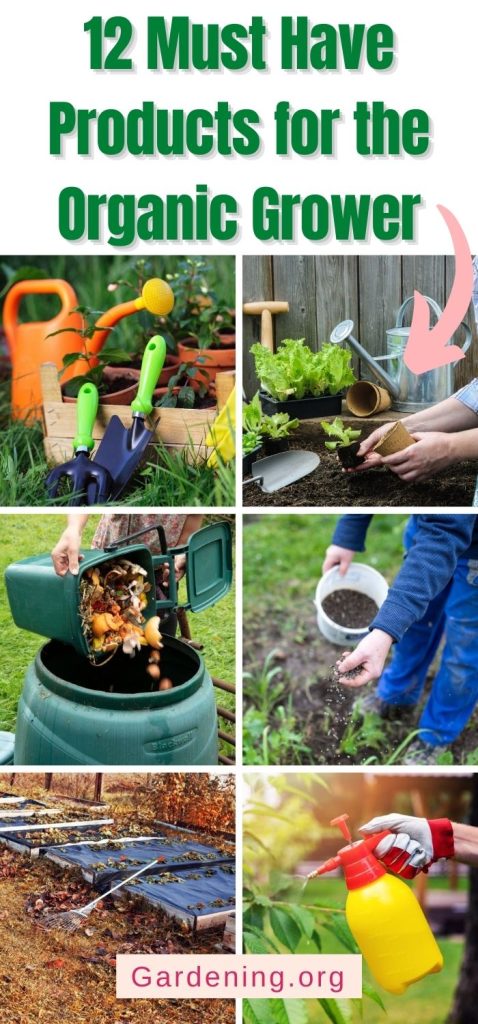
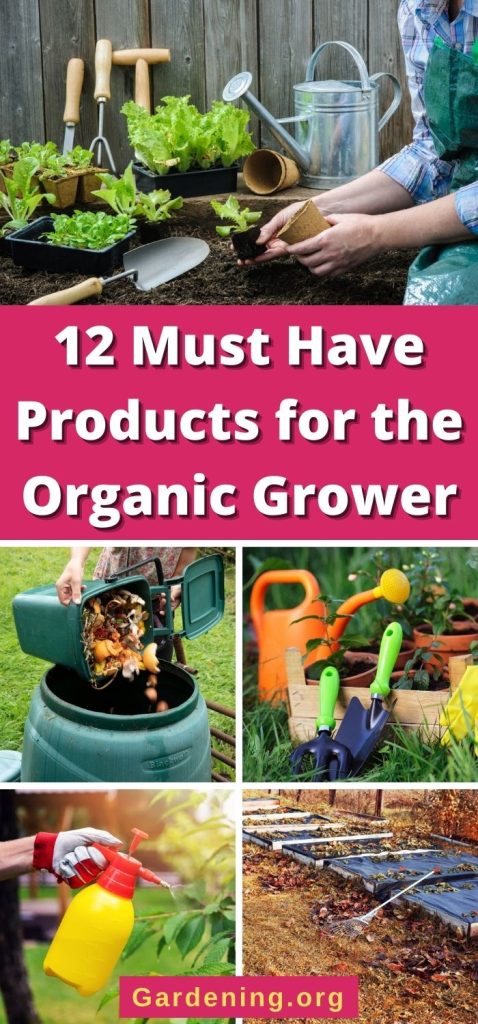
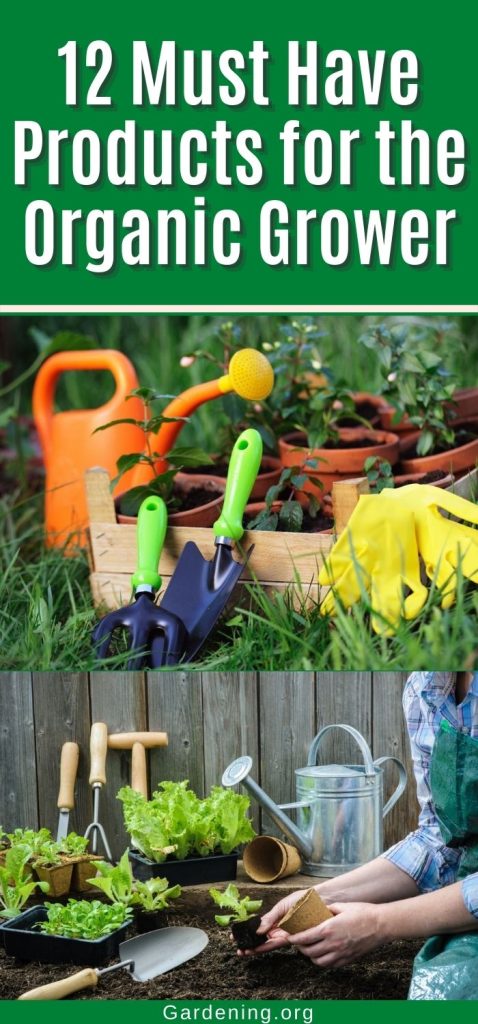
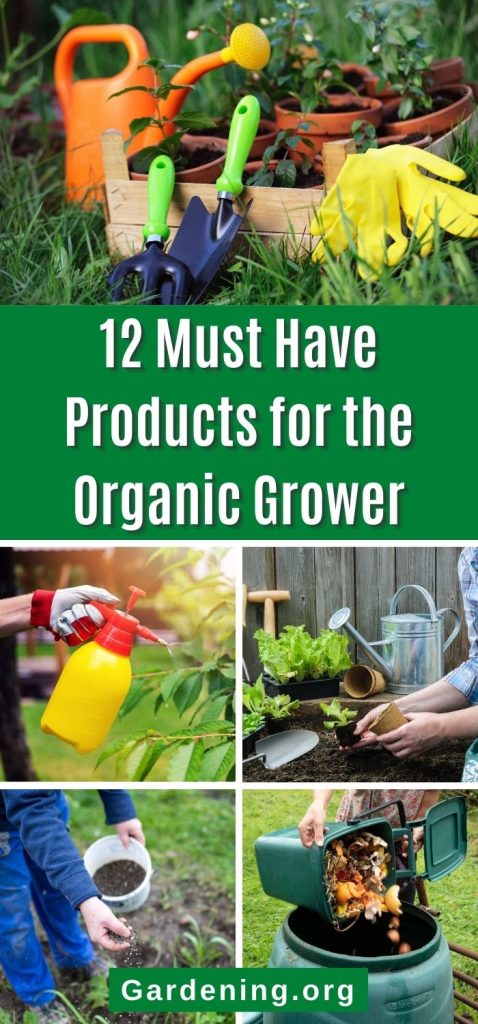




Leave a Reply